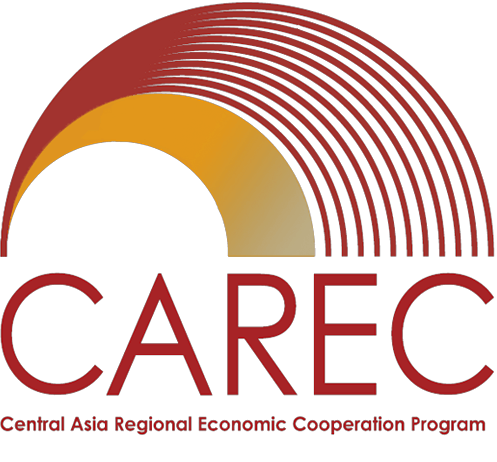Railway Modernization Project
On modern electrified tracks, trains whisk passengers swiftly between Tashkent and Bukhara at an average speed of 90 kilometers per hour (km/h), compared with the average diesel speed of 60 km/h. Freight trains are also running at higher speeds, allowing faster fleet turnaround and higher track utilization, and reducing transport costs.
With support from the CAREC Program, Uzbekistan’s rail network has become a model of efficiency, its electrified Shark express trains slashing travel times for passengers.
Funded by the Asian Development Bank and completed in 2006, the Railway Development Project helped transform Uzbekistan’s deteriorating infrastructure into the high-speed rail network the country enjoys today.
ADB provided a $70 million loan towards the $130 million spent on the extensive works, which followed the Railway Rehabilitation Project, the first of its kind in Uzbekistan.
Besides improving the efficiency of freight and passenger rail traffic, the modernization project employed more than 5,000 people at its peak and created 500 permanent jobs for maintenance staff, machine operators, and station officers.
The project has facilitated international trade by improving access to neighboring countries and seaports. It introduced modern track-laying equipment and efficient maintenance of railway tracks. Moreover, the installation of new radio equipment and of 200 km of fiber optics for telecommunications systems has greatly improved the entire communications network of the state-run rail company, Uzbekistan Temir Yullari (UTY).
Human resources have also improved because the project trained staff in ways to sustain these technological improvements. A small business fund was also established for former railway workers.
Related links
